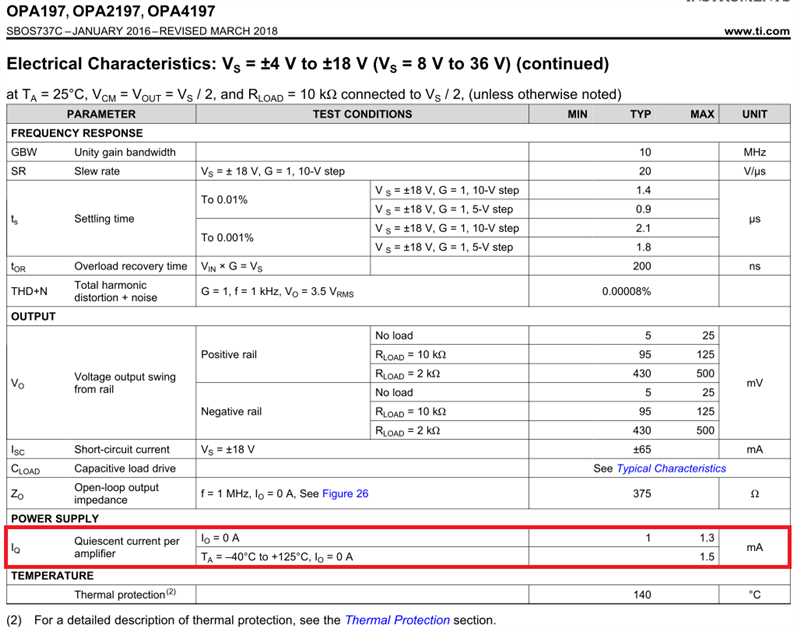Other Parts Discussed in Thread: TINA-TI, OPA197, OPA2191
Hi,
The symptom exceeding the current consumption which is mentioned in OPA4197 data sheet were confirmed from 2V to 3V during power-on. Additionally, the same symptom cannot be obtained even if a simulation is performed with TINA-TI.
Although the power supply voltage from 2V to 3V is outside the recommended operating voltage range, the power supply may not power up if the LDO drive capability is low.
Could you please confirm whether the same symptom can be replicated and tell me the root cause ?
I will continue to discuss via a private message if you can accept my friendship request.
Best regards,
Kato



